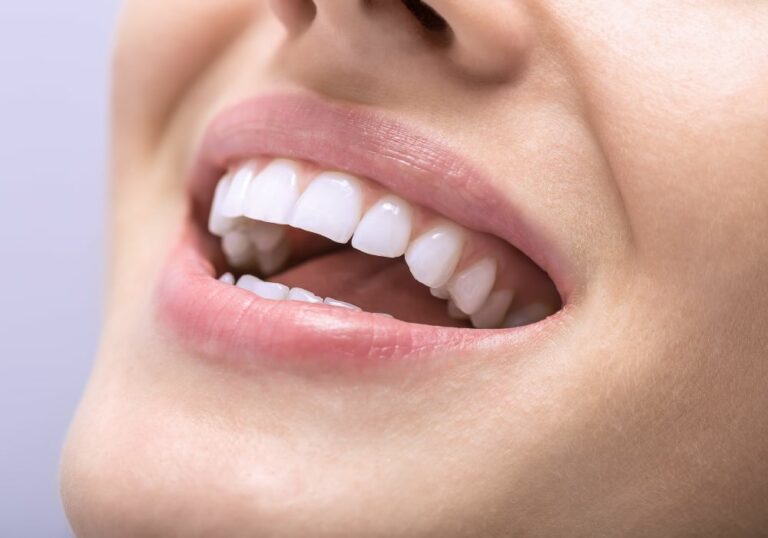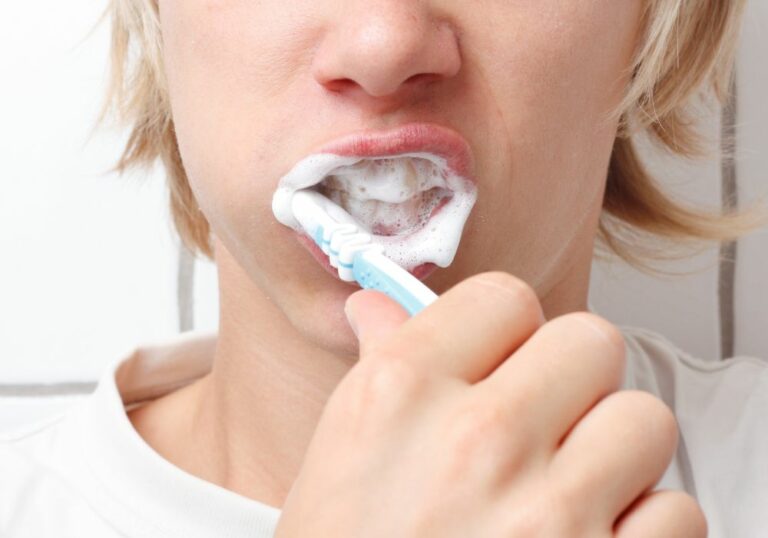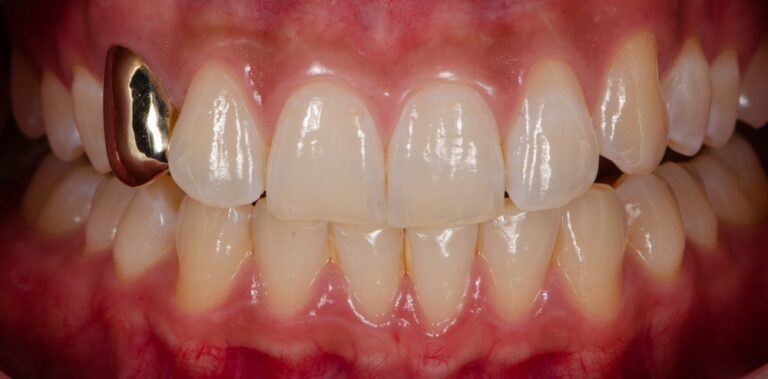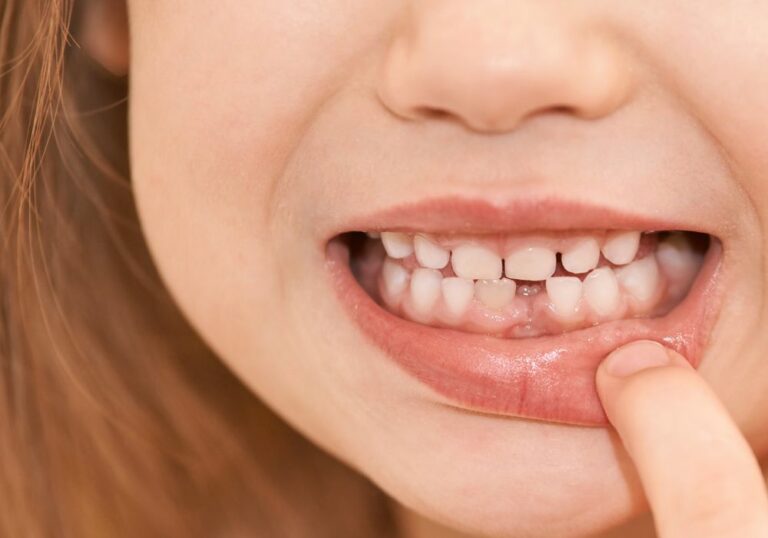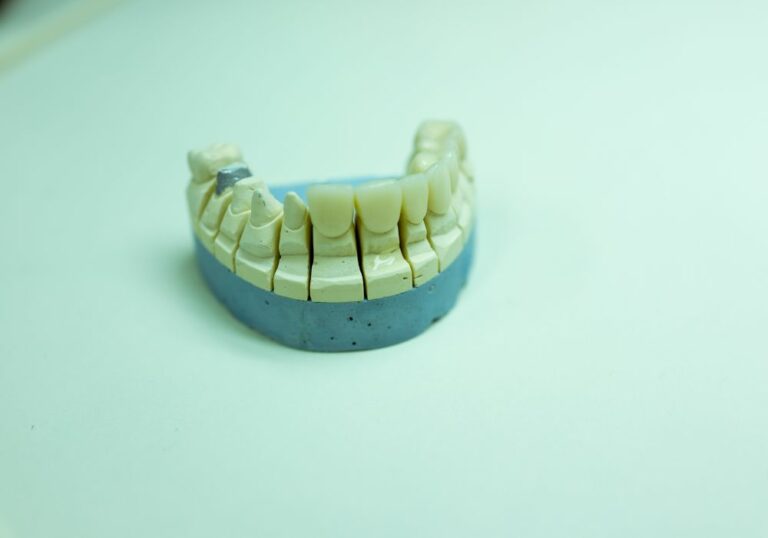For many adults, a visit to the dentist brings the unpleasant news that their tooth enamel is thinner than it used to be. Your teeth can seem perfectly healthy from the outside, yet x-rays and exams reveal that enamel is stealthily eroding away. Thinning enamel is often chalked up to getting older – just an inevitable fact of life. But while some enamel loss occurs naturally with age, there are also preventable reasons for thinning teeth.
Understanding why enamel wears down can help you take action to minimize further damage. While thinning can’t be reversed once enamel is gone, there are ways to strengthen teeth and stop the progression. With prompt attention and preventive care, thinning teeth don’t have to mean a mouthful of cavities, pain, and eventual tooth loss down the road.
An in-depth look at thinning tooth enamel
Our tooth enamel serves as a protective barrier over the sensitive dentin underneath. But over time, enamel can become progressively thinner, leaving teeth more susceptible to decay and temperature sensitivities. This thinning has several potential causes:
1. Acid erosion slowly eats away enamel
Enamel is made up of minerals like calcium and phosphate. Acids from food and drinks dissolve these minerals, causing gradual erosion of the enamel surface. Acidic foods like citrus fruits, tomatoes, and vinegar are common culprits. Carbonated soft drinks with their acidity and sugar are especially damaging.
Even fruit juices, which seem healthy, can erode enamel with their acid content. Sipping acidic drinks slowly, using a straw, and rinsing with water can help reduce erosion. Chewing sugar-free gum after eating stimulates saliva flow, which neutralizes acids and remineralizes enamel.
2. Gum recession exposes vulnerable root surfaces
The roots of our teeth lie underneath the gums. They are covered with cementum rather than protective enamel. If gums recede due to periodontal disease or over-brushing, more of the tooth root becomes exposed. These areas are more prone to decay and temperature sensitivities.
Maintaining excellent oral hygiene and treating any periodontal disease can help prevent gum recession. Brushing too aggressively or using hard-bristled brushes can also wear away enamel and recede gums, so go gentle.
3. Bruxism grinds away enamel
Grinding and clenching, also called bruxism, puts chewing forces on teeth that can rub away enamel over time. This often happens unconsciously, especially during sleep. The chewing surfaces of teeth become flattened, chipped, and thinner. Nightguards can shield teeth from this habit. Managing stress, avoiding alcohol and caffeine before bed, and relaxation techniques can help reduce bruxism urges.
4. Cavities progressively damage teeth
Cavities form when plaque bacteria on teeth produce acids that demineralize enamel. If left untreated, cavities become larger, tunneling through enamel and dentin. This causes substantial loss of tooth structure and thinning of remaining enamel around the decay. Early detection and fillings prevent small lesions from expanding into damaging cavities.
Diagnosing thinning enamel with your dentist
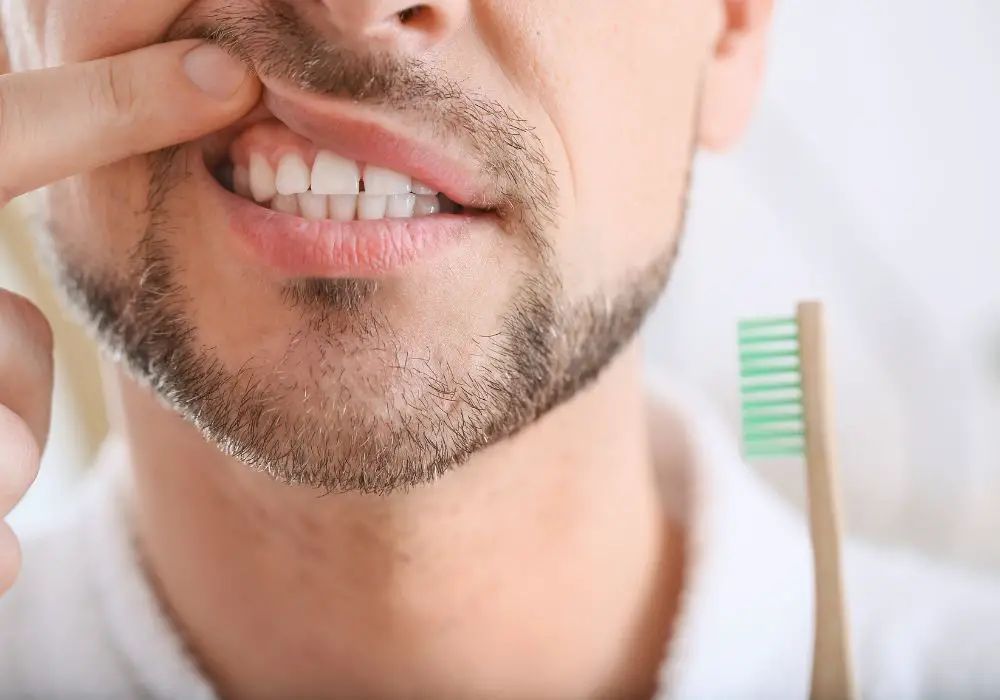
Your dentist has several methods of evaluating enamel thickness and detecting areas of concern:
- Careful visual examination of all tooth surfaces looking for cracks, transparency, or excessive wear
- Dental x-rays to gauge the amount of remaining enamel
- Transillumination by shining a light through the tooth to see thickness
- Cold sensitivity testing, since thinning leaves enamel more sensitive
- Gently probing teeth to feel for roughness or cracks
Your dentist can then determine the severity of thinning and whether it requires preventive treatment or restorative solutions. But catching enamel issues early is key to preserve precious tooth structure.
Preventing further enamel loss through home care
If you have thinning enamel, these tips can help minimize further damage:
- Use a soft bristle toothbrush and brush gently to avoid abrasion
- Choose non-abrasive toothpaste without harsh ingredients
- Drink water to rinse and remineralize enamel after having acidic foods and drinks
- Avoid using teeth as tools (like opening packages) to prevent fractures
- Apply specialty toothpastes for sensitive teeth to reduce pain
- Ask your dentist about prescription strength fluoride gels or varnishes
Your daily oral hygiene routine is vital to protect thinning enamel. See your dentist every 6 months so they can monitor your enamel and recommend additional preventive treatments as needed.
Professional solutions for restoring enamel
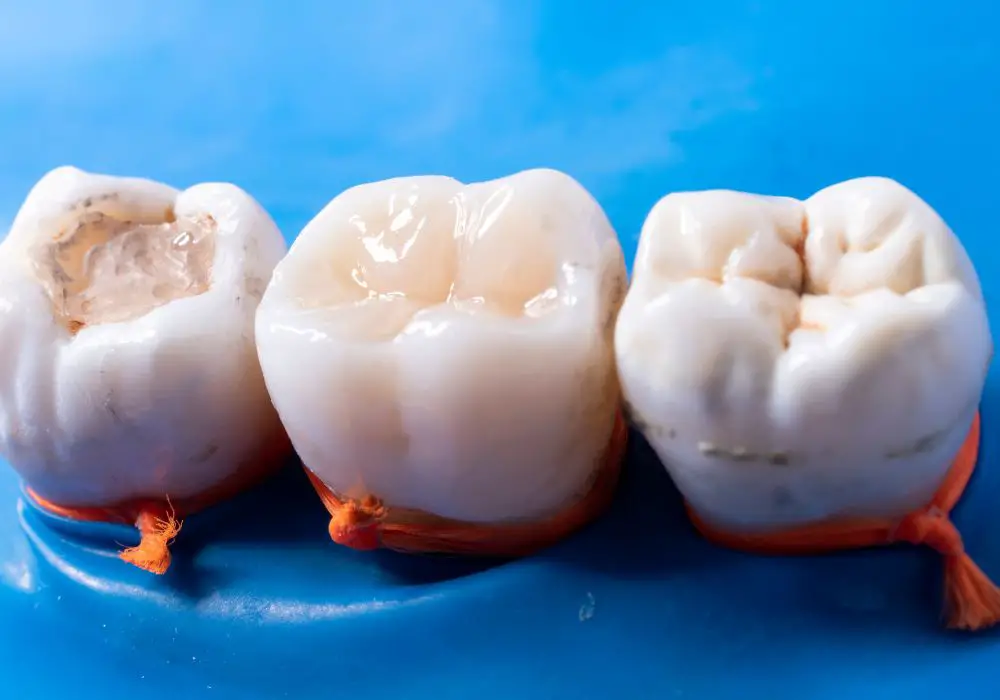
In addition to excellent at-home care, your dentist has treatments to help defend and strengthen thinning enamel:
- Fluoride therapy – Higher dose fluoride applied in the office boosts enamel remineralization. This may use gels painted onto teeth or custom dental trays.
- Sealants – Thin fissures on back teeth are sealed to prevent food and bacteria from becoming trapped inside, avoiding decay.
- Bonding – Tooth-colored composite material is bonded onto eroded areas to protect them from further damage.
- Crowns – When enamel loss is too severe, crowns fully encase damaged teeth to reinforce them.
- Gum grafts – Grafted gum tissue can cover exposed roots to protect thinning cementum near receding gums.
With prompt treatment, thinning enamel doesn’t have to mean losing your teeth. Work closely with your dentist to strengthen and monitor any concerning areas. But significant enamel loss may eventually require repairs like veneers, dental implants, or bridges to restore form and function.
Frequently Asked Questions
What are the first signs of thinning enamel?
Early signs include increased temperature sensitivity, transparency near the gumline and edges of teeth, cracks or fractures in enamel, and height of fillings appearing raised as surrounding enamel wears down.
Is it painful when enamel thins?
Yes, thinning enamel can lead to significant temperature sensitivity and pain. Enamel protects the dentin underneath, which contains many more nerve endings. As enamel erodes, these nerves become more exposed, causing increased sensitivity and discomfort.
Can thinning enamel really lead to tooth loss?
If thinning enamel is left unaddressed, substantial tooth structure can eventually be lost, leaving teeth more likely to fracture or decay extensively. This could necessitate extractions and require teeth to be replaced with bridges, partial dentures, or implants.
How much does treatment for thinning enamel cost?
Basic preventive care like fluoride and sealants is quite affordable. If restorations like crowns or veneers are needed, they range from $500-$2500 per tooth depending on the material used. More advanced treatments like dental implants typically start at $4000 per tooth.
Should I change my diet if I have thinning enamel?
Yes, limiting acidic and abrasive foods and drinks can reduce erosion of thinning enamel. Avoiding hard foods that could fracture teeth is also wise. See your dentist or dietitian for recommendations on the optimal diet for your enamel condition.

